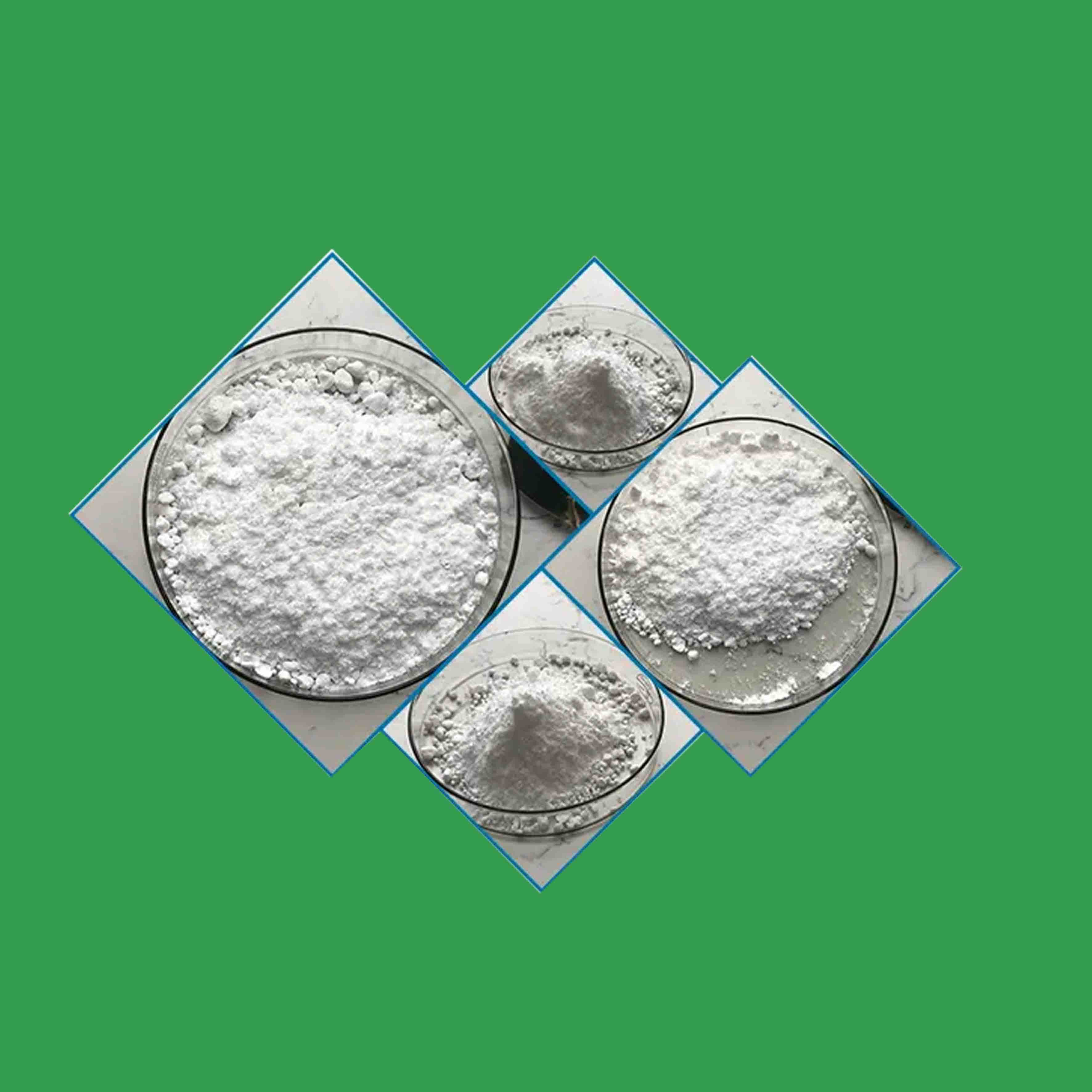
Dec . 04, 2024 08:15 Back to list
Understanding the Characteristics and Applications of Rutile Minerals in Various Industries
Understanding Rutile Definition and Significance
Rutile is a mineral that is primarily composed of titanium dioxide (TiO2), and it is one of the most important sources of titanium. It occurs in a tetragonal crystal system and is known for its distinctive needle-like crystals, which can be found in a variety of colors ranging from red to yellow, brown, and black. As a significant mineral, rutile not only serves industrial purposes but also plays a crucial role in various geological processes.
Understanding Rutile Definition and Significance
One of the remarkable features of rutile is its abundance and stability. It is found in many geological settings, including granite, schist, and gneiss. Additionally, rutile is resistant to weathering and is commonly concentrated in beach sands, making it an economically viable material for extraction. The global demand for titanium has increased significantly due to the metal's lightweight and strong properties, which are essential in aerospace, automotive, and medical applications.
rutile definition

In terms of mineral classification, rutile is categorized under the oxide minerals. Its crystallography represents a tetragonal symmetry, which gives it unique physical properties. Rutile can be distinguished from other titanium-bearing minerals such as ilmenite and anatase, based on its crystal structure and optical characteristics. It is also notable for being a common inclusion in quartz crystals, further enhancing its appeal to collectors and jewelers.
Rutile’s significant role in industry stems from its conversion into titanium metal, which is utilized in a wide range of applications, including the production of aerospace components, military equipment, and implants. The metal is known for its excellent corrosion resistance, high strength-to-weight ratio, and ability to withstand extreme temperatures, making it invaluable in modern engineering. Furthermore, rutile is a critical component in the manufacture of titanium dioxide pigments, which are widely used in paints, coatings, plastics, and sunscreen products due to their bright whiteness and opacity.
The environmental implications of rutile mining cannot be overlooked, as the extraction process can lead to habitat destruction and pollution. Sustainable mining practices are essential to minimize the ecological impact and to ensure that the extraction of this valuable mineral does not compromise the surrounding ecosystems.
In summary, rutile is a vital mineral defined by its composition of titanium dioxide and its wide range of applications in various industries. Its significance is rooted in both its geological abundance and its essential role in the production of titanium and titanium-based products. The future of rutile-related industries will rely heavily on sustainable practices to balance economic growth with environmental stewardship, ensuring that this crucial mineral continues to benefit society without depleting the resources or harming the planet.
-
Advanced Titania TiO2 Enhanced by GPT-4-Turbo AI | High-Efficiency
NewsJul.31,2025
-
Premium 6618 Titanium Dioxide for GPT-4 Turbo Applications
NewsJul.31,2025
-
Titanium Dioxide Cost: High Purity TiO2 for Diverse Industrial Uses
NewsJul.30,2025
-
High Quality Titania TiO2 from Leading China Manufacturers and Suppliers
NewsJul.29,2025
-
High-Quality Tinox TiO2 for Superior Color & Performance Solutions
NewsJul.29,2025
-
High Quality Titania TiO2 from Leading China Supplier & Manufacturer
NewsJul.29,2025
